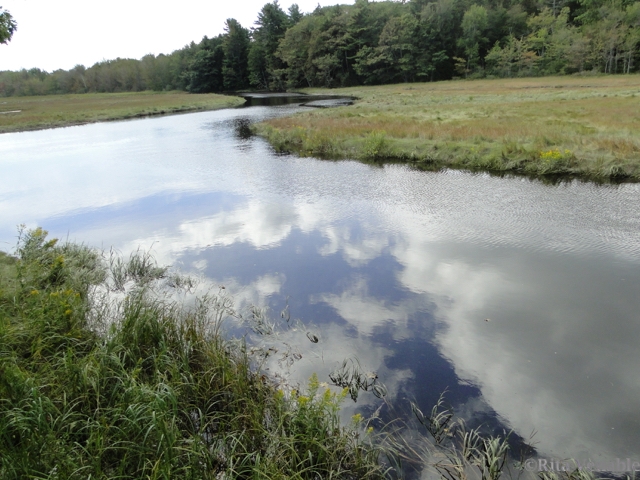Today, May 27, is the birthdate of Rachel Carson—marine biologist, teacher, writer, and conservationist. She was also a devoted daughter, beloved aunt, and faithful friend.
Carson’s signature work, Silent Spring was published in 1962 and has sold more than two million copies. It is considered by many to be in the top 100 most influential non-fiction books of all time. In the book she exposes the dangers of pesticide use, particularly DDT, to our natural world.
After publishing several best sellers Under the Sea Wind (1941), The Sea Around Us (1951), and The Edge of the Sea (1955), Carson was not a newcomer to the publishing world, but she struggled with what to do about the “poison book.”
E.B. White, who wrote Charlotte’s Web among other books, encouraged Carson to investigate pesticides for “The New Yorker.” She did. Silent Spring was first serialized there before being published in book form.
Previously, in 1960, as her research was nearing completion for Silent Spring, she developed breast cancer. She did not survive, but she did live long enough to see the book published and validated by many scientists and lay persons alike.
Robert Semple wrote in “The New York Times” on Oct. 5, 1997:
Rachel Carson was a woman of clear purpose and prodigious energy who married two great gifts—a restless scientific curiosity and a God-given talent for poetic writing—to serve one purpose. That purpose was to make the natural world, in all its complexity and frailty, accessible.
Rachel Carson’s legacy is not only her writings, her research, and her impact on the natural world, however, but her determination, her intellect, and her life of hard work and sacrifice for her family. So, thank you, Rachel Carson, for the example you showed that in your words “it is not half so important to know as to feel.”

Note: Check out the article from Nov. 1951 in “Popular Science,” “Why Our Winters Are Getting Warmer” by Rachel Carson. This was written 64 years ago.